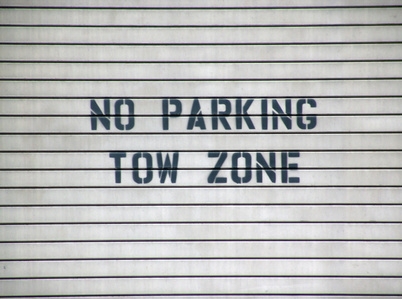
If you're planning to tow a trailer or vehicle, whether you're a private citizen or commercial driver, it's important to pay extra attention to the state and federal regulations governing the use of tow straps. Tow straps attach from one vehicle to another and are used to tow an inoperable vehicle or a trailer. State and federal laws vary regarding the type of strap, placement, length and allowable weights. Not following these regulations can result in an infraction and fine.
Laws vary in terms of placement of the tow straps, but the idea is the same: to control the sway of the towed vehicle. In Michigan, for example, the towed vehicle should not swing more than 3 inches to either side.
There are requirements as to the length of the tow straps themselves, as well as the combined length of the vehicle and towed vehicle or trailer. In Michigan, for example, the tow straps cannot be longer than 15 feet, and the combined length must not exceed 65 feet.
While not explicitly stated in many cases, it's understood that tow straps must, at a minimum, be sufficiently strong to pull the loads required. However, commercial vehicles with excessive loads have to meet certain requirements, some of which are federally mandated. In Michigan, for example, when vehicles transport animals that weigh 10,000 pounds or less, the straps must specifically comply with Title 49 of the Code of Federal Regulations, Section 393.70.